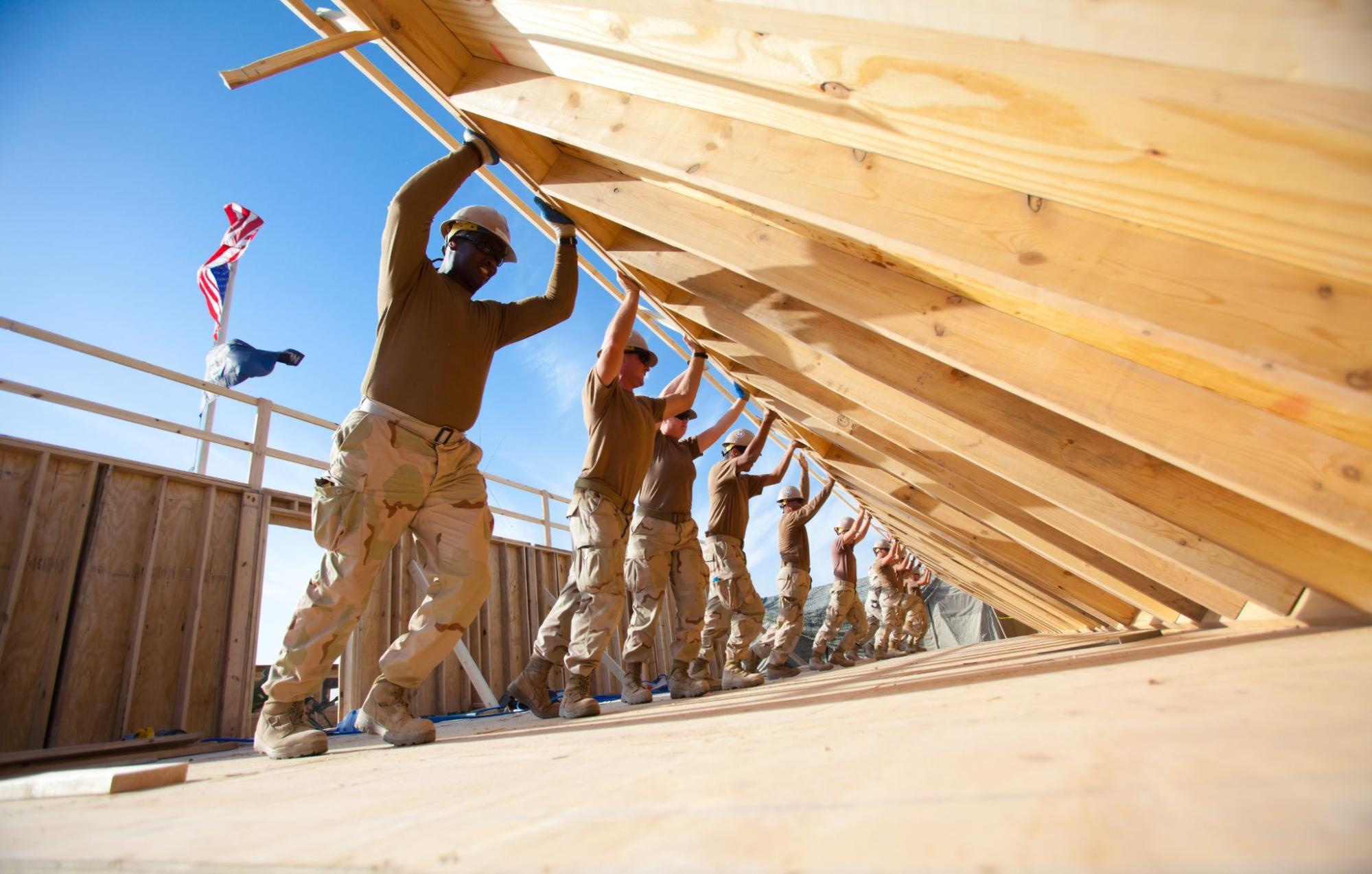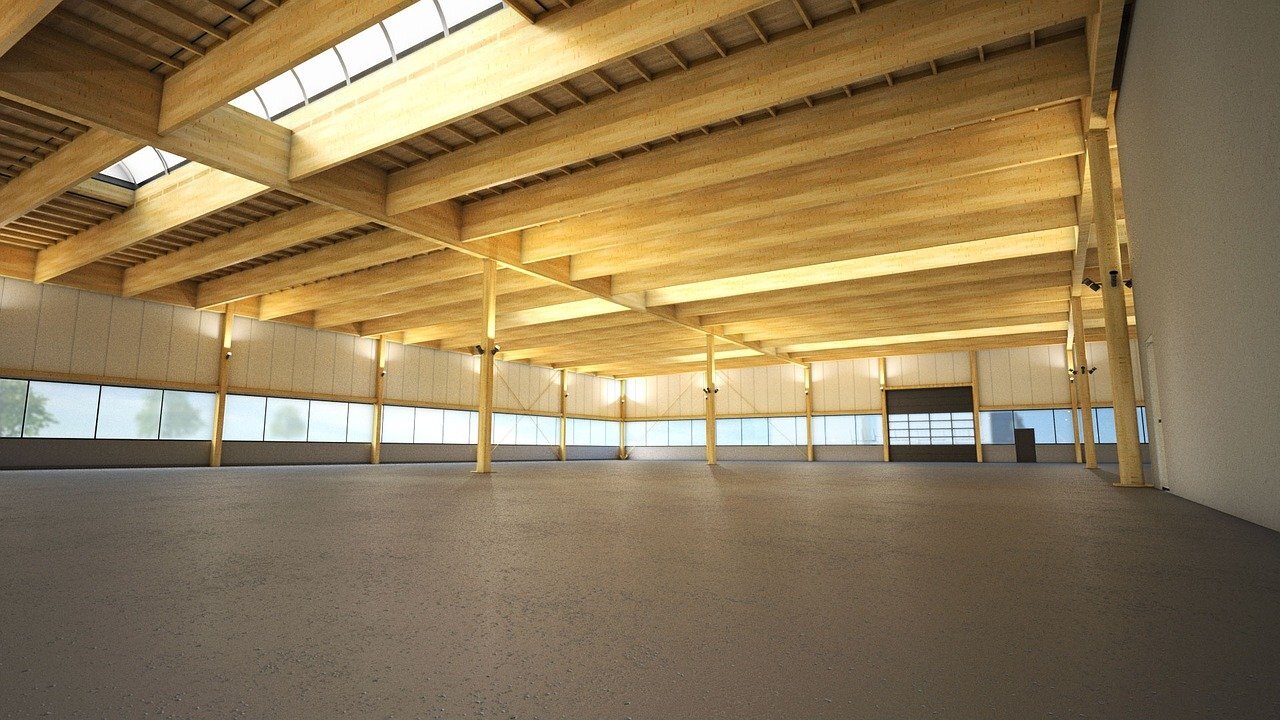
Understanding Insurance Trends for Wood vs. Concrete Midrise Buildings

Insurance is all about risk exposure. Buildings that are inherently more safe and less likely to suffer catastrophic damage typically cost less to insure. Insurers look at many different aspects when determining the cost where they are willing to accept the risk and insure a building.

Geographical location and the type of building construction are two major aspects. So how has insurance been trending when it comes to wood and concrete midrise buildings? Read on to find out.
Why Choose Wood?
Wood remains the most common choice for construction in the residential sector. When mid-rise buildings are constructed, typically metal and concrete become the building materials of choice. Wood-framed mid-rise construction, however, has been gaining in popularity. Some of the reasons for wood’s rising popularity in mid-rise construction are:
The perception of cost savings
Governmental support for the forest products industry
The concept of wood as a green solution

What is Mass Timber?
When wood is used in the construction of a mid-rise structure, it looks very different from its low-rise counterparts. Technology is employed to produce mass timber, lumber pieces bound together, to achieve the strength and durability needed for mid-rise construction. Some of the most common types of mass timber are:
Cross-laminated timber (CLT) - wooden panels consisting of layers of dimensional lumber oriented at right angles to one another and glued together
Nail-laminated timber (NLT) - individual pieces of dimensional lumber are layered together on edge and fastened together with nails to form one structural component
Dowel-laminated timber (DLT) - similar to NLT but fastened together with dowels in lieu of nails
Glue-laminated timber (GLT or glulam) - similar to NLT and DLT except glued together under high pressure

Evaluating Risk
Because mass timber in tall structures is a newer concept, insurance companies have more uncertainty when trying to understand the risks associated with those buildings.
The fundamental basis of insurance underwriting is assessing and reducing degrees of risk exposure. Two of the key factors used when pricing insurance are the fire and water damage risks. Other factors that insurance underwriters look at when determining risk are:
Combustibility and fire resistance
Ability to hold up to water damage
Source supply of the building material
The moisture content of wood and construction sequencing
Mold and fungus exposures
Performance under wind and earthquake stress
Even when mid-rise wood buildings take steps to incorporate features to limit fire and water damage, those buildings still face a steep premium to be insured. Mid-rise wood buildings can cost 5 to 7 times the cost of comparable coverage for a similar non-wood alternative. Some geographical factors that affect insurance pricing are:
Earthquake prevalence
Access to first responder services
Density of surrounding wood buildings
Location relative to flood plain
Likelihood of extreme weather
Comparing Coverage
Builders and contractors typically carry liability insurance during the construction of the project. Course of Construction or Builders’ Risk insurance protects the project from damage caused by natural events (like lightning) and covered perils (like a fire). Negligence is also often covered and policies may be extended to include earthquake, flood, or other coverages.
Deductibles and premiums for water damage in tall wood buildings are much higher than concrete and masonry alternatives. Let’s look at an example to understand why. A multi-story concrete building under construction experienced an unreported, upper-level water leak. The leak flooded the job site for over 13 hours. Post-incident clean up activities rendered the project safe to proceed.

If that damage had occurred on a wood-frame structure, the building would have been a write-off. It is unclear how a mass timber structure would have fared under those conditions. Since it is uncertain how mass timber would fare compared to concrete, mass timber structures are treated as traditional wood-frame structures and the insurance is priced accordingly.
The benefits of ICF include lower construction liability insurance, less on-site danger, and materials easier to work with creating fewer workmen compensation claims.
The Uncertainty of Mass Timber
Not enough research has been done to better understand mass timber. Mass timber is typically treated and priced just like conventional wood frame construction because insurance underwriters do not have enough other data to draw from.
Many in the industry think mass timber should have its own classification, but insurance companies feel like more research and factual data is needed. Mass timber can burn and is susceptible to water damage so that is how the insurance sector prices those buildings until evidence is presented that suggests mass timber should be priced differently.
Reducing Uncertainty
While decreasing the uncertainty for mass timber will take time and more data, choosing building materials with more thorough track records can decrease your uncertainty for current projects. Insulated concrete forms (ICFs) are one of those building materials.
ICF blocks consist of concrete sandwiched between two layers of foam insulation. ICF construction is naturally fire and moisture-resistant, helping to reduce two of a building’s most important risks. This easy-to-use building material helps reduce uncertainty for insurance companies.

While the insurance industry’s understanding of new building materials is increasing, save time and money by choosing a product with a proven track record. Concrete construction has known durability that reduces risk resulting in lower deductibles and premiums for the contractor and property owner. This is especially true with ICF construction.

Trust in Fox Blocks for Insulated Concrete Forms (ICFs)
ICFs continue to take the building world by storm for their durability, longevity, and straight forward installation. Contact the experts at Fox Blocks today to see how ICFs might be utilized for your project.